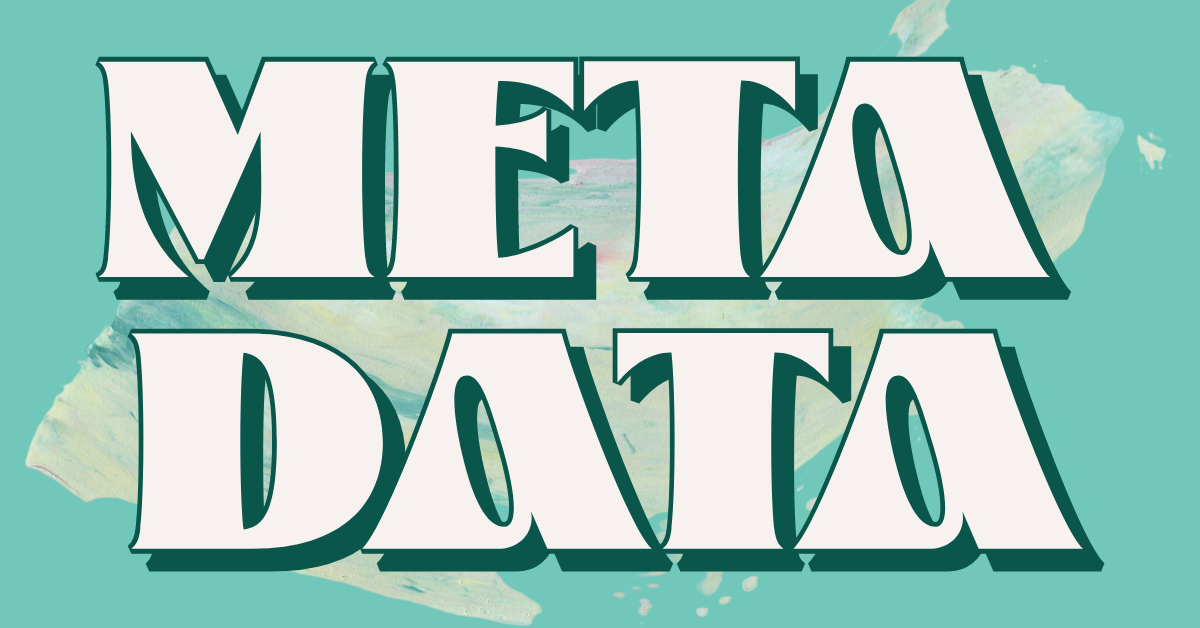|
The definition of metadata is quite simple: it’s any data that describes your book—including title, subtitle, price, publication date, ISBN, and any other relevant information that readers use to find your book when searching online or in a database. Metadata is critical to the success of the marketing and distributing your book, and it should not be glossed over or ignored.
Let’s go down the list of metadata and briefly explore each of them.
Title
This is the title of your book, including subtitle. Keep it fewer than 80 characters long so that it is mobile friendly.
Contributor(s)
This includes all names of those involved in the project that are on the cover or title page. Be consistent with spelling, middle initials, etc.
Contributor(s) bio
Keep this under 250 words for each contributor. Avoid adding external links that could drive customers away from purchasing your book.
Series
If applicable, include the series name and number so that your readers are aware of titles in the series
Description
In 200 to 600 words, describe your book in a conversational tone. This is probably the same as the synopsis you have on your back cover.
Genre
Choose 2 to 3 BISAC subject codes that are specific to your book’s genre. Be careful when choosing general genres like “drama” because many bookstores categorize plays as dramas. Choosing the wrong BISAC codes can make your book harder for your intended audience to find.
Keywords
Choose 7 or more keywords and phrases that will draw the consumer and describe your book. These are hidden online search items that will help your book be found, so be specific when choosing your keywords.
Format
This is the description of the book binding, is it a paperback, hardcover, e-book? A combination of these? Include all formats and be sure to use one ISBN per format to keep them distinct from one another.
Review quotes
If applicable, include 2 to 8 positive reviews of your work. These reviews can come from industry sources, publications, and relevant people such as other authors and reputable bloggers.
Audience
Is your book for the general adult market, juvenile (age 0 – 12), or young adult (Age 12-17)? Make sure you choose your correct audience and that your BISAC codes are chosen from the audience selected.
Age and grade
If your book has a juvenile or young adult audience, pick an age and grade range to target the appropriate audience for your book. If you do not know your target age and grade range, a simple search will direct you to readability meters where you can cut and paste a portion of your text to see what grade and age range your book falls under.
Publishers take metadata very seriously, and so should you. If you are self-publishing, I leave you with one very important tip: don’t rush compiling your metadata! I know you are excited to get your book out into the world but take your time choosing the proper keywords and subject codes. Metadata is a most often times forgotten key to a book’s success!
0 Comments
Leave a Reply. |
How Do I Book?We'll try to find the answer to that question in our blog. Archives
August 2023
Categories
All
|
||||||


 RSS Feed
RSS Feed